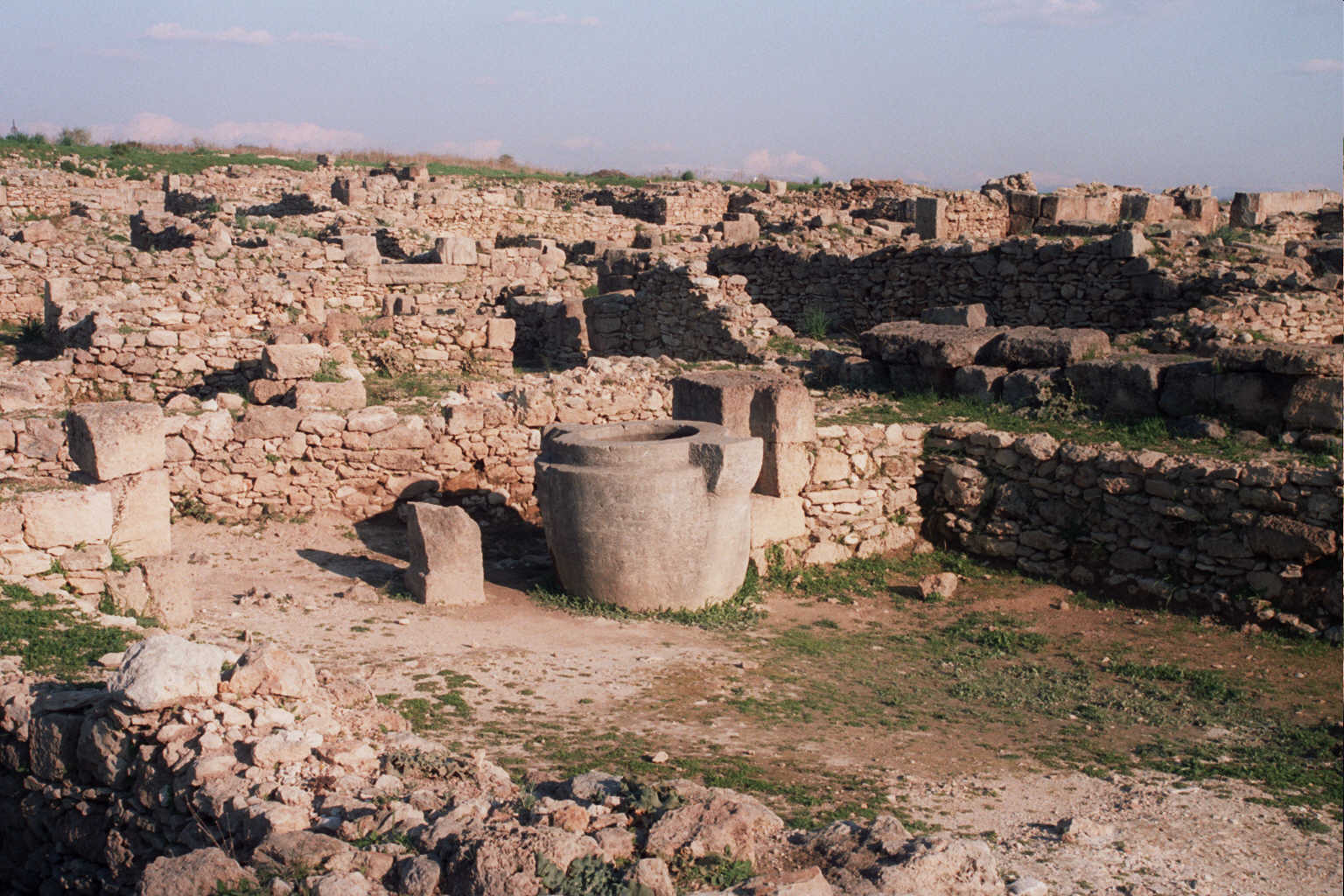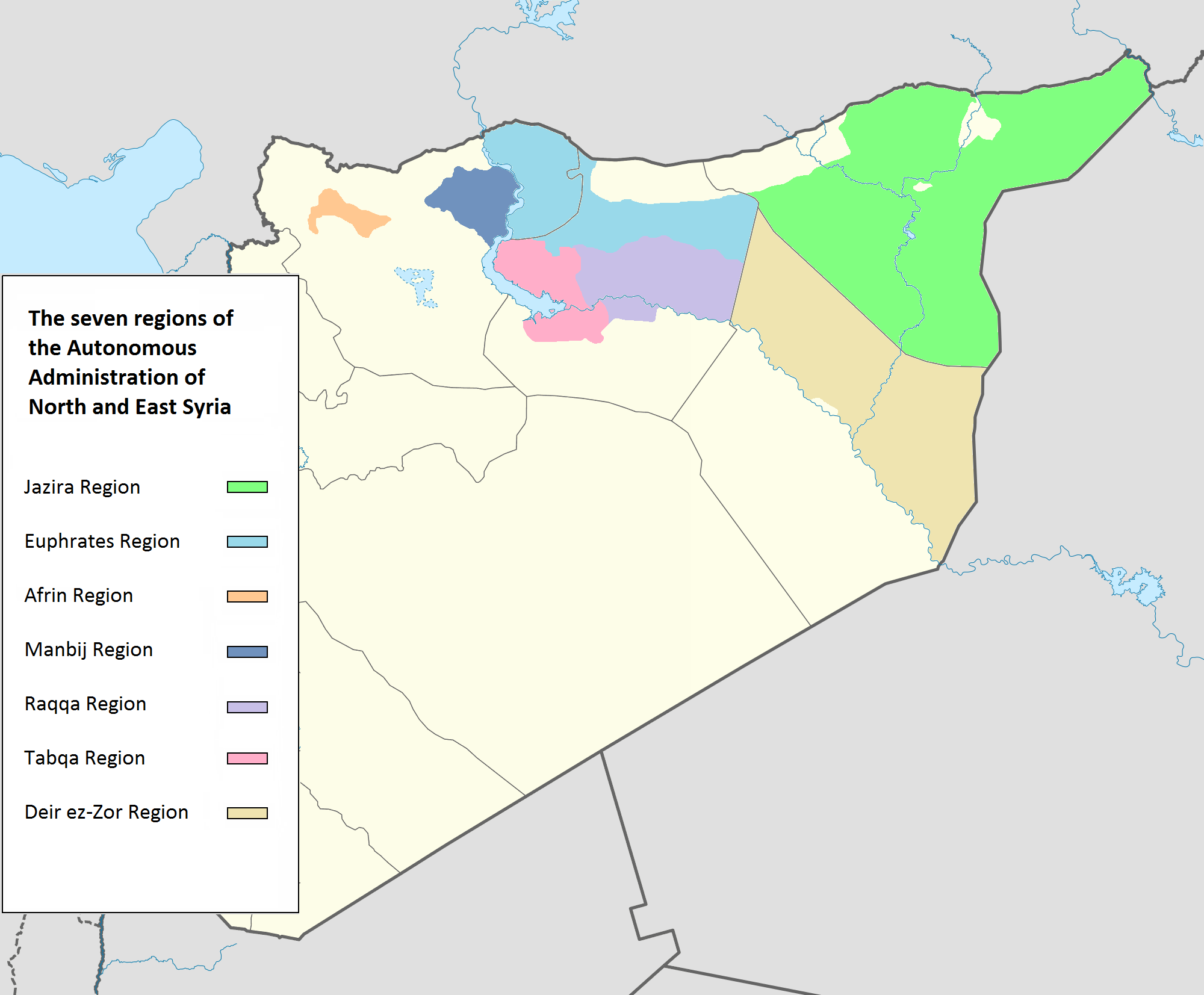|
Ammittamru I
Ammittamru I (known in some sources as Amishtammru I or Amistammru I, ''Ammîstamri'') was a king of the ancient Syrian city of Ugarit who ruled c. 1350 BC. Reign Relations with Mitanni Prior to the Great Syrian Wars by Suppiluliuma I of Hatti, most of northern Syria west of the Euphrates was controlled by Tushratta of Mitanni. During the wars, the Syrian states rebelled against Hittite control. Ugarit was among the states providing less resistance. After the war, the Syrian states became vassals of Hatti. Relations with Egypt In Amarna Letter EA 45, Ammittamru I writes to the King of Egypt seeking support. The king of Egypt is variously thought to be the late reign of Amenhotep III or in the first years of Akhenaten. However, it might also date to the time of Tutankhamen if the Hittites were attacking the Mitanni Empire in northern Syria. If Mitanni was breaking up under the threat of the Hittites, a city-state may try to gain overlordship from Egypt. The damaged letter incl ... [...More Info...] [...Related Items...] OR: [Wikipedia] [Google] [Baidu] |
Ugarit
Ugarit (; , ''ủgrt'' /ʾUgarītu/) was an ancient port city in northern Syria about 10 kilometers north of modern Latakia. At its height it ruled an area roughly equivalent to the modern Latakia Governorate. It was discovered by accident in 1928 with the Ugaritic texts. Its ruins are often called Ras Shamra after the headland where they lie. History Ugarit saw its beginnings in the Neolithic period, the site was occupied from the end of the 8th millennium BC and continued as a settlement through the Chalcolithic and Bronze Ages. It was during the late bronze age that Ugarit experienced significant growth, culminating in the establishment of the Kingdom of Ugarit. The city had close connections to the Hittite Empire, in later times as a vassal, sent tribute to Ancient Egypt, Egypt at times, and maintained trade and diplomatic connections with Cyprus (then called Alashiya), documented in the archives recovered from the site and corroborated by Mycenaean Greece, Mycenaean and Cyp ... [...More Info...] [...Related Items...] OR: [Wikipedia] [Google] [Baidu] |
Niqmaddu II
Niqmaddu II was the second ruler and king of Ugarit, an ancient Syrian city-state in northwestern Syria (c. 1350–1315 BC) and succeeding his father, Ammittamru I. He was a vassal ruler of Suppiluliuma I of Hatti. Early life Niqmaddu II ( ''Níqmâdâd'', "vengeance of Hadad") took his name from the earlier Amorite ruler Niqmaddu, meaning " Addu has vindicated" to strengthen the supposed Amorite origins of his Ugaritic dynasty. His wife may have been Pisidqi known from a legal text. He had a brother Nuriyãnu. Reign Though the exact date of his accession to the throne of Ugarit is unknown, he might be a contemporary of both Akhenaten and Tutankhamun the Hittite ruler Shuppiluliuma I, and was a vassal of the latter. He had good relations with Egypt, and conceded to the Amorites in a dispute over the Shiyannu region early in his reign. He commissioned the Baal cycle about the god Haddu/Ba'al, and had a son, Niqmepa. Hittite vassalage In the Hittite Archives there are four ... [...More Info...] [...Related Items...] OR: [Wikipedia] [Google] [Baidu] |
Ancient Canaanite Religion
Canaanite religion or Syro-Canaanite religions refers to the myths, cults and ritual practices of people in the Levant during roughly the first three millennia BC. Canaanite religions were polytheistic and in some cases monolatristic. They were influenced by neighboring cultures, particularly ancient Egyptian and Mesopotamian religious practices. The pantheon was headed by the god El and his consort Asherah, with other significant deities including Baal, Anat, Astarte, and Dagon. Canaanite religious practices included animal sacrifice, veneration of the dead, and the worship of deities through shrines and sacred groves. The religion also featured a complex mythology, including stories of divine battles and cycles of death and rebirth. Archaeological evidence, particularly from sites like Ugarit, and literary sources, including the Ugaritic texts and the Hebrew Bible, have provided most of the current knowledge about Canaanite religion. Sources and history Knowledge about ... [...More Info...] [...Related Items...] OR: [Wikipedia] [Google] [Baidu] |
Syria
Syria, officially the Syrian Arab Republic, is a country in West Asia located in the Eastern Mediterranean and the Levant. It borders the Mediterranean Sea to the west, Turkey to Syria–Turkey border, the north, Iraq to Iraq–Syria border, the east and southeast, Jordan to Jordan–Syria border, the south, and Israel and Lebanon to Lebanon–Syria border, the southwest. It is a republic under Syrian transitional government, a transitional government and comprises Governorates of Syria, 14 governorates. Damascus is the capital and largest city. With a population of 25 million across an area of , it is the List of countries and dependencies by population, 57th-most populous and List of countries and dependencies by area, 87th-largest country. The name "Syria" historically referred to a Syria (region), wider region. The modern state encompasses the sites of several ancient kingdoms and empires, including the Eblan civilization. Damascus was the seat of the Umayyad Caliphate and ... [...More Info...] [...Related Items...] OR: [Wikipedia] [Google] [Baidu] |
Tushratta
Tushratta ( Akkadian: and ) was a king of Mitanni, 1358–1335 BCE, at the end of the reign of Amenhotep III and throughout the first half the reign of Akhenaten. He was the son of Shuttarna II. Tushratta stated that he was the grandson of Artatama I. His sister Gilukhipa (Gilu-ḫepa in Hurrian) and his daughter Tadukhipa (Tadu-ḫepa in Hurrian) were married to the Egyptian pharaoh Amenhotep III; Tadukhipa later married Akhenaten, who took over his father's royal harem. He had been placed on the throne after the murder of his brother Artashumara. He was probably quite young at the time and was destined to serve as a figurehead only, but he managed to dispose of the murderer. A tablet was found in a Mitanni building at Tell Brak which stated it was witnessed "in the presence of Tushratta, the king" and had a seal of an earlier king Shaushtatar on the reverse, which was a common practice. Name Recorded in three distinct spellings—, , —Tushratta's name is an Akkadian ... [...More Info...] [...Related Items...] OR: [Wikipedia] [Google] [Baidu] |
Mitanni
Mitanni (–1260 BC), earlier called Ḫabigalbat in old Babylonian texts, ; Hanigalbat or Hani-Rabbat in Assyrian records, or in Ancient Egypt, Egyptian texts, was a Hurrian language, Hurrian-speaking state in northern Syria (region), Syria and southeast Anatolia (modern-day Turkey) with Indo-Aryan languages, Indo-Aryan Indo-Aryan superstrate in Mitanni, linguistic and political influences. Since no histories, royal annals or chronicles have yet been found in its excavated sites, knowledge about Mitanni is sparse compared to the other powers in the area, and dependent on what its neighbours commented in their texts. The Hurrians were in the region as of the late 3rd millennium BC. A king of Urkesh with a Hurrian name, Tupkish, was found on a clay sealing dated at Tell Mozan.Salvini, Mirjo. "The earliest evidences of the Hurrians before the formation of the reign of Mittanni." Urkesh and the Hurrians Studies in Honor of Lloyd Cotsen. Urkesh/Mozan Studies Bibliotheca Mesopotamic ... [...More Info...] [...Related Items...] OR: [Wikipedia] [Google] [Baidu] |
Amenhotep III
Amenhotep III ( , ; "Amun is satisfied"), also known as Amenhotep the Magnificent or Amenhotep the Great and Hellenization, Hellenized as Amenophis III, was the ninth pharaoh of the Eighteenth Dynasty of Egypt, Eighteenth Dynasty. According to different authors following the "Low Chronology", he ruled New Kingdom of Egypt, Egypt from June 1386 to 1349 BC, or from June 1388 BC to December 1351 BC/1350 BC, after his father Thutmose IV died. Amenhotep was Thutmose's son by a minor wife, Mutemwiya. His reign was a period of unprecedented prosperity and splendour, when Egypt reached the peak of its artistic and international power, and as such he is considered one of ancient Egypt's greatest pharaohs. He is also one of the few pharaohs who was one of the few pharoahs who was List of pharaohs deified during lifetime, worshipped as a deity during his lifetime. When he died in the 38th or 39th year of his reign he was succeeded by his son Amenhotep IV, who later changed his name to Akhe ... [...More Info...] [...Related Items...] OR: [Wikipedia] [Google] [Baidu] |
Akhenaten
Akhenaten (pronounced ), also spelled Akhenaton or Echnaton ( ''ʾŪḫə-nə-yātəy'', , meaning 'Effective for the Aten'), was an ancient Egyptian pharaoh reigning or 1351–1334 BC, the tenth ruler of the Eighteenth Dynasty of Egypt, Eighteenth Dynasty. Before the fifth year of his reign, he was known as Amenhotep IV (, meaning "Amun is satisfied", Hellenized as ''Amenophis IV''). As a pharaoh, Akhenaten is noted for abandoning traditional ancient Egyptian religion of polytheism and introducing Atenism, or worship centered around Aten. The views of Egyptologists differ as to whether the religious policy was absolutely monotheism, monotheistic, or whether it was monolatristic, religious syncretism, syncretistic, or henotheistic. This culture shift away from traditional religion was reversed after his death. Akhenaten's monuments were dismantled and hidden, his statues were destroyed, and his name Damnatio memoriae, excluded from regnal list, lists of rulers compiled by lat ... [...More Info...] [...Related Items...] OR: [Wikipedia] [Google] [Baidu] |
Pharaoh
Pharaoh (, ; Egyptian language, Egyptian: ''wikt:pr ꜥꜣ, pr ꜥꜣ''; Meroitic language, Meroitic: 𐦲𐦤𐦧, ; Biblical Hebrew: ''Parʿō'') was the title of the monarch of ancient Egypt from the First Dynasty of Egypt, First Dynasty () until the Roman Egypt, annexation of Egypt by the Roman Republic in 30 BCE. However, the equivalent Egyptian language, Egyptian word for "king" was the term used most frequently by the ancient Egyptians for their monarchs, regardless of gender, through the middle of the Eighteenth Dynasty during the New Kingdom of Egypt, New Kingdom. The earliest confirmed instances of "pharaoh" used contemporaneously for a ruler were a letter to Akhenaten (reigned –1336 BCE) or an inscription possibly referring to Thutmose III (–1425 BCE). In the early dynasties, ancient Egyptian kings had as many as ancient Egyptian royal titulary, three titles: the Horus name, Horus, the prenomen (Ancient Egypt), Sedge and Bee (wikt:nswt-bjtj, ''nswt-bjtj''), and ... [...More Info...] [...Related Items...] OR: [Wikipedia] [Google] [Baidu] |
Ugaritic Kings
Ugaritic () is an extinct Northwest Semitic language known through the Ugaritic texts discovered by French archaeologists in 1928 at Ugarit, including several major literary texts, notably the Baal cycle. Ugaritic has been called "the greatest literary discovery from antiquity since the deciphering of the Egyptian hieroglyphs and Mesopotamian cuneiform". Corpus The Ugaritic language is attested in texts from the 14th through the early 12th century BC. The city of Ugarit was destroyed roughly 1190 BC. Literary texts discovered at Ugarit include the '' Legend of Keret'' or Kirta, the legends of Danel (AKA 'Aqhat), the ''Myth of Baal-Aliyan'', and the ''Death of Baal''. The latter two are also known collectively as the '' Baal Cycle''. These texts reveal aspects of ancient Northwest Semitic religion in Syria-Palestine during the Late Bronze Age. Edward Greenstein has proposed that Ugaritic texts might help solve biblical puzzles such as the anachronism of Ezekiel mentioning ... [...More Info...] [...Related Items...] OR: [Wikipedia] [Google] [Baidu] |





